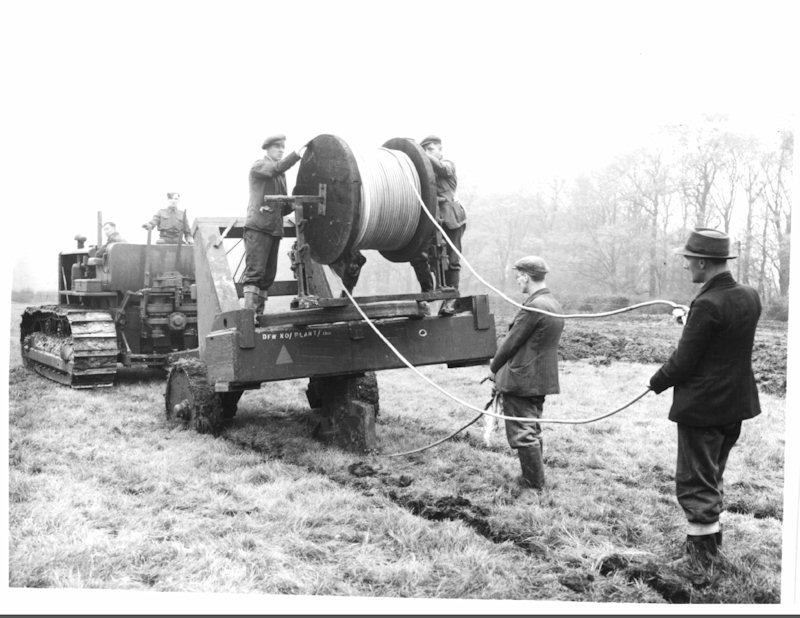
Cabling in wartime
Work for the Post Office was a 'reserved occupation during WW2. Work continued to keep communications running for both civilian and military needs. In the photos, which would not have been published until after the war, we see a new cable being installed in the Severn tunnel (see below) and at Barmouth. There were also emergency repairs to cable routes damaged by bombing.
There are more pictures from WW2 in the section labelled 'Wartime' below.
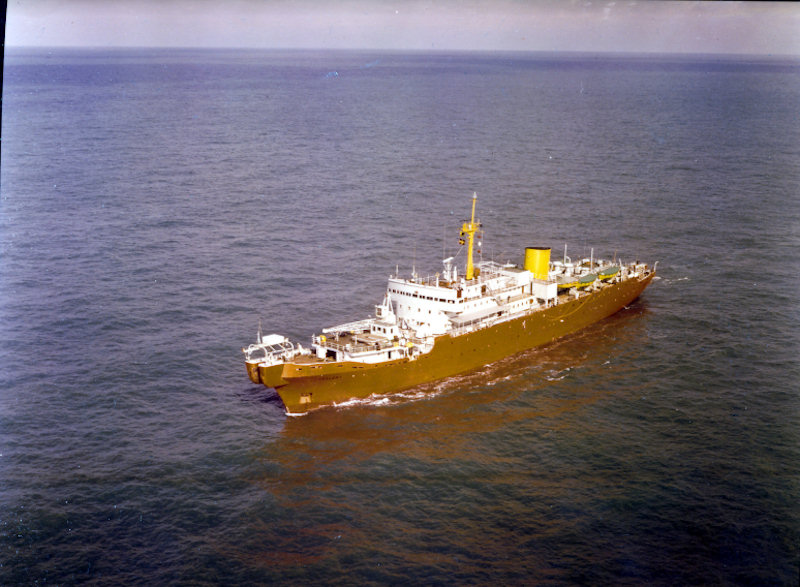
Cable ships and submarine cable
Cable ships have played a part in establishing international communications since the middle of the 19th century. Telegraphy helped to bind the British Empire together from the 1860 onwards. The first telephone cable to France was laid by HMTS Monarch (No. 1) in 1891. THe name Monarch has been applied to a succession of cable ships.
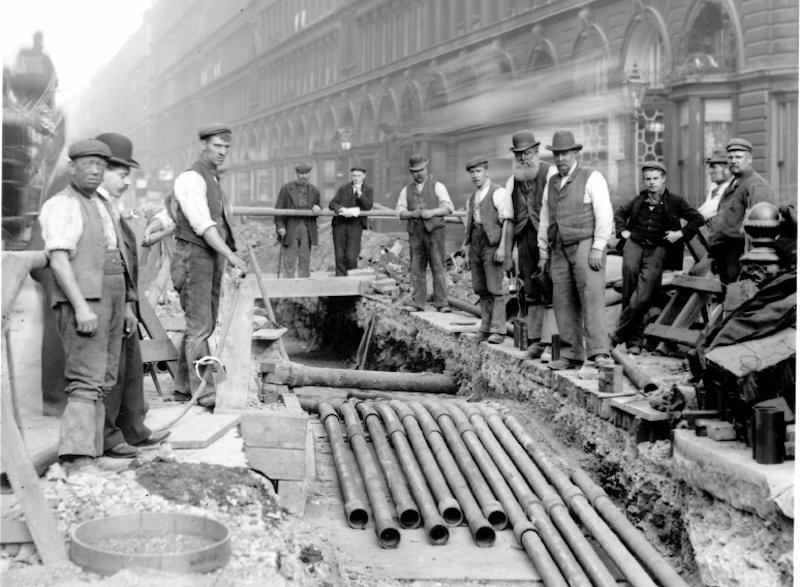
Cables and ductwork
In the early years of telegraphy and telephony, subscribers were connected by overhead wires suspended on poles and running above the rooftops. The untidy mess led to a move to run the cables underground. Using ducts allowed more cables to be added later as demand increased. The oldest pictures are from early in the 20th century.

Clocks and watches
Timekeeping played an important role in all aspects of Post Office engineering. Telephone calls were charged by the minute and rates changed during the day. The postal service also needed clocks in Post Offices. The range of clocks and watches is staggering.

Computers
All the pictures are from the 1960s when computers were a comparative novelty.
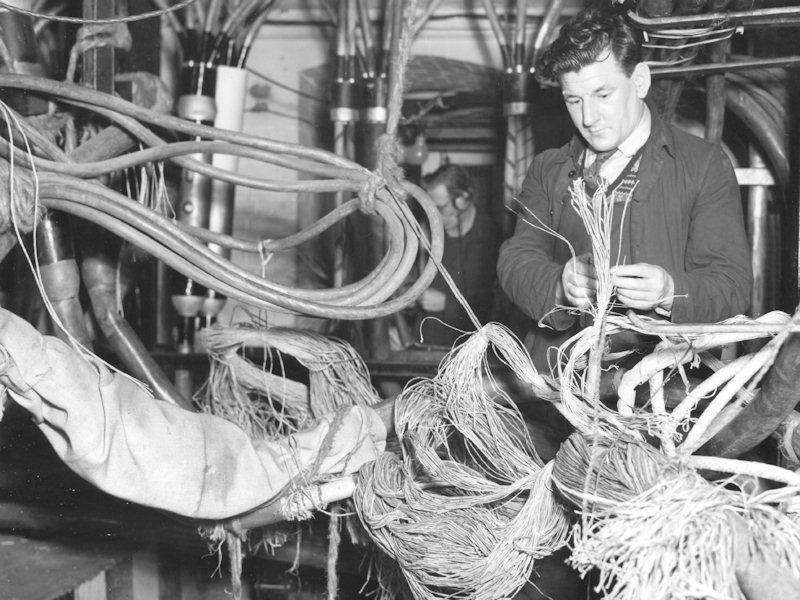
Coronation 1953
The coronation of HM The Queen in 1953 had massive communications requirements. There was an influx of military personnel to control the crowds, direct traffic, manage the logistics. The world's press and radio and television required telephones, telexes, together with voice and vision circuits.
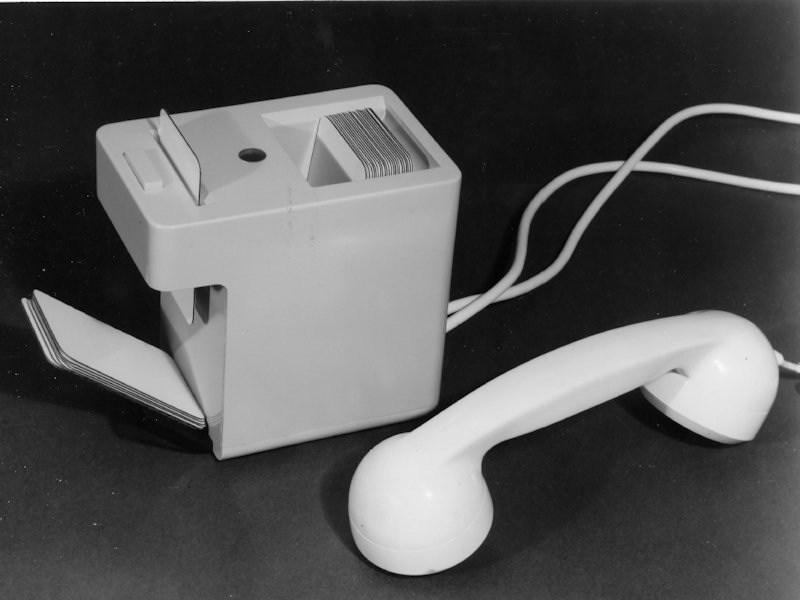
Customer apparatus
Customer apparatus can be anything more than a straightforward telephone. Switchboards, answering machines, repertory call makers…
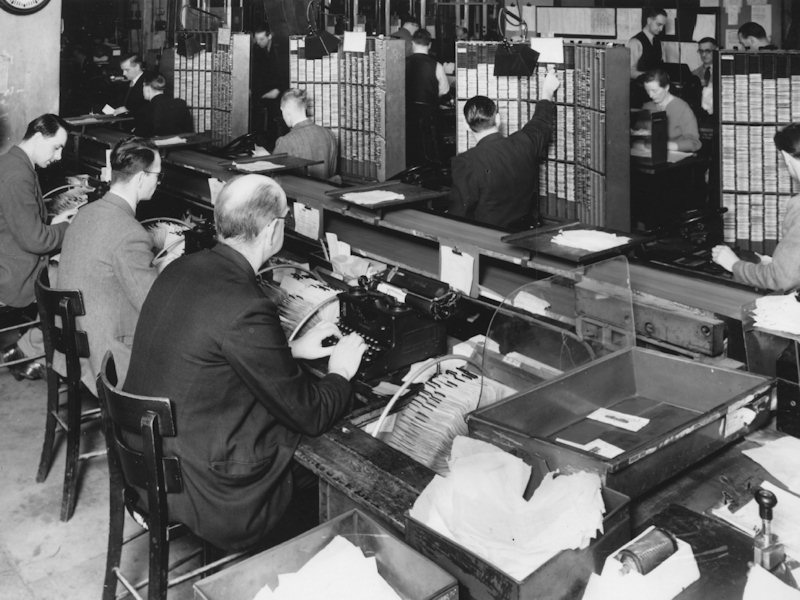
Electra House
Electra House on Victoria Embankment was headquarters of Post Office Cable and Wireless Services, and subsequently Post Office Overseas Telegraphs. It was also the site of the International Telex Exchange.

Exchanges and equipment
A miscellany of pieces of equipment, people working, buildings, switchboards etc.

Exhibitions
There was a great push by the Post Office in the 1930s to gain customers. They took stands at all the major nationas exhibitions - Ideal Homes Show, Radiolympia etc - and set up shows of their own in provincial town. Following the introduction of Subscriber trunk Dialling (STD) in 1959 the PO again took stands around the country to promote the new service.
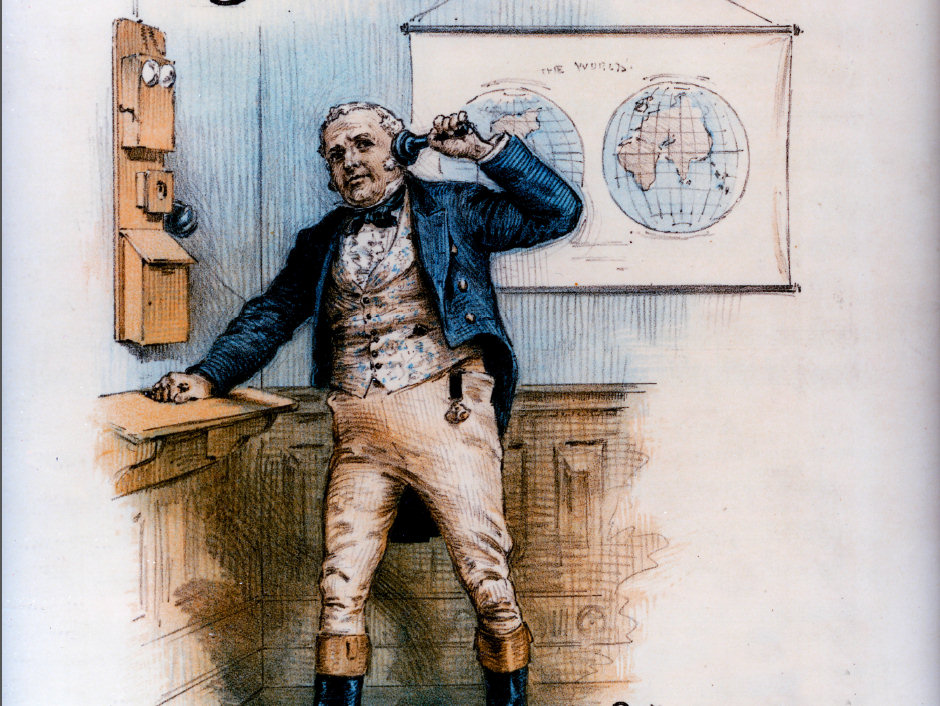
General
A refuge for anything I couldn't categorise elsewhere.
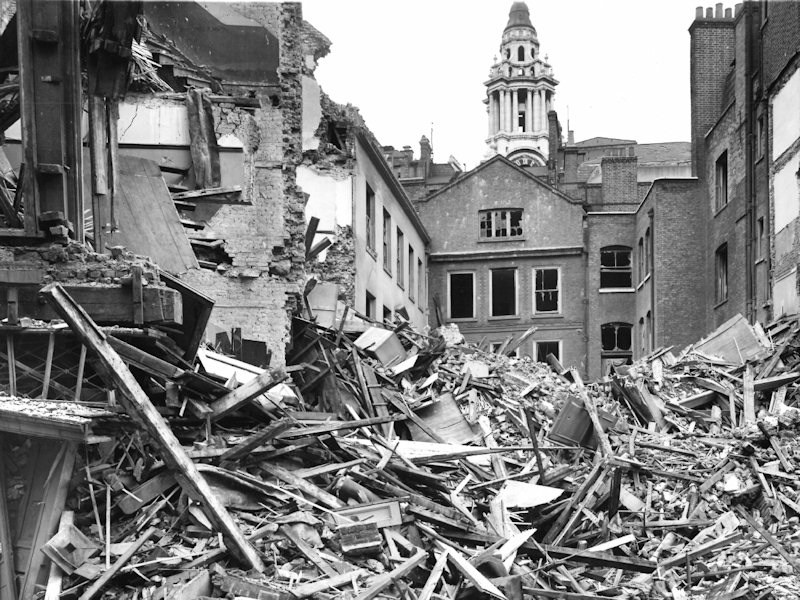
Godliman Street
On the 5th of August 1939 the St Pauls area of London was rocked by a gas main explosion. Faraday House which held a major telephone exchange was damaged.
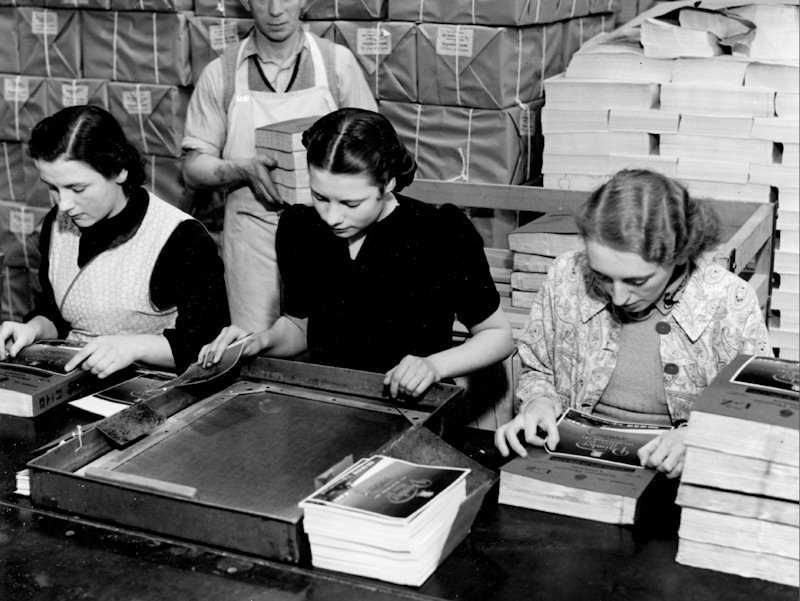
Harrow Printing Works
The Stationery Office printing works in Harrow was where the nation's telephone directories were printed. Photographs show various stage of the process from paper arriving through typsetting to assembling the finished directories.
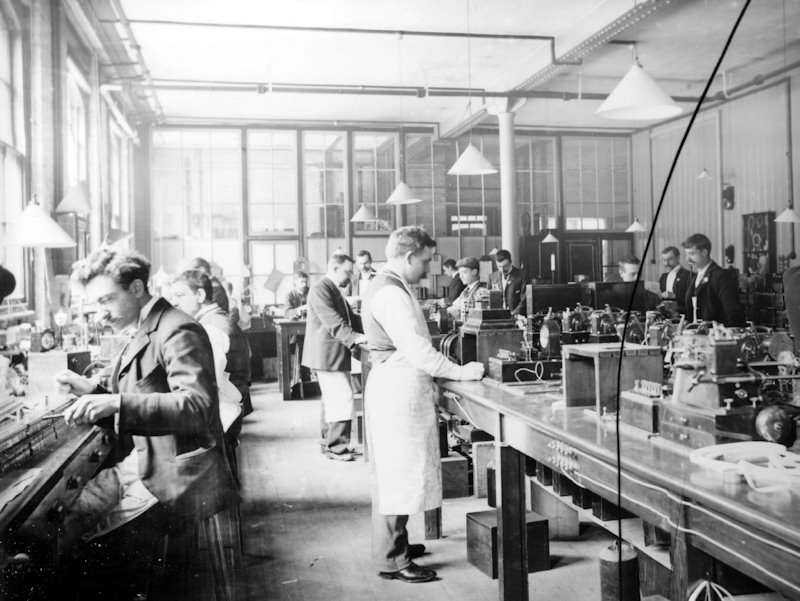
Holloway Factory
The Post Office Factory division was set up as early as 1900 to manufacture, repair and refurbish a multiplicty of items for use within the Post Office. These pctures are from the very early years.
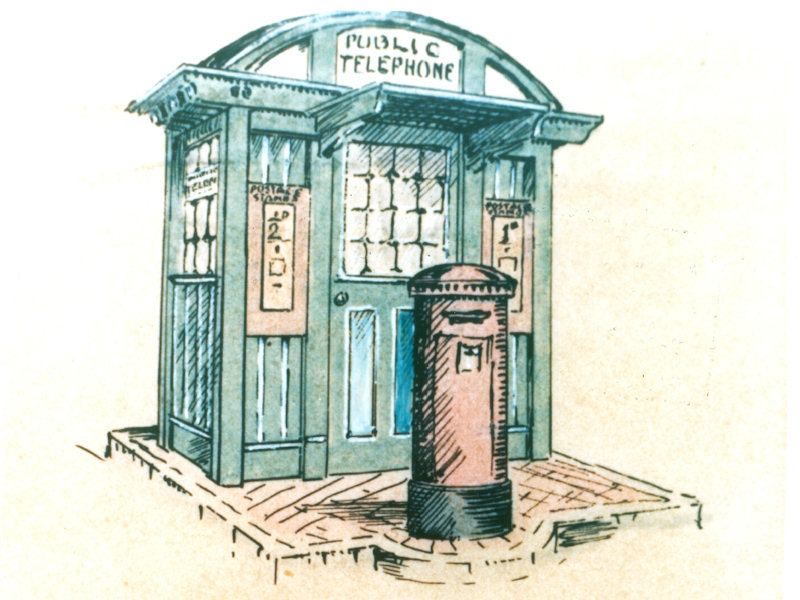
Kiosks
Various designs of kiosks from the original prototype proposals through to silence cabinets to the K8.

Overhead construction
Putting up poles, poles in situ, mending poles, taking poles down, wiring up poles — it's all here!

Posters
From the start the Post Office was promoting its services in posters. Cheap calls. Send a greetings telegram. A telephone in every home. Telephonist is a Good Job. Safety posters for staff.

Radio Stations
Parts of the world could not be reached by telephone over cable until the 1950s. Calls had to be made by short-wave radio from one of the many Post Office Radio stations. The Post Office also operated coastal radio stations to allow calls to ships at sea. In more recent years the microwave relay sites were designated as radio stations.
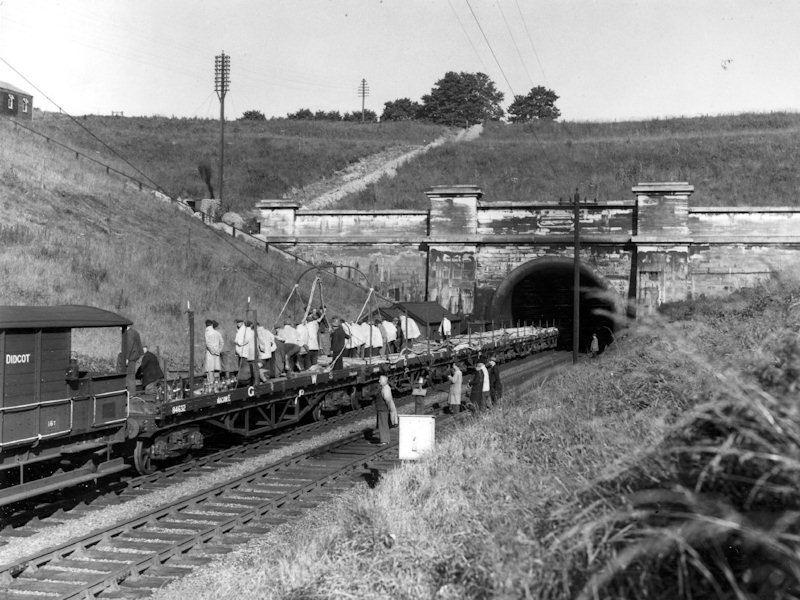
Severn Tunnel cable
The installation of a cable through the Severn railway tunnel in 1940 was a vital piece of war work to safeguard communications with South Wales. Post Office photographers documented the process showing loading the cable train, laying the cable and doing the jointing.

Telegrams
Greetings telegrams were a cheerful way of sending birthday wishes, announcing a new baby, or just saying hello.
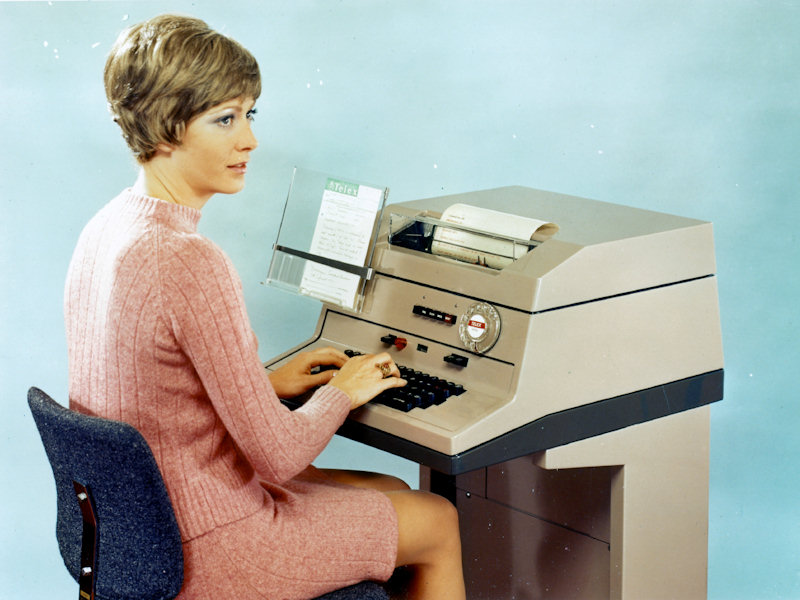
Telegraphy
Before the telephone, telegrams were the only fast communication. First by Morse code and later by teleprinter. From the 1930s until 2008 Telex was the way businesses could communicate by the written word with legal validity.

Telephone attachments
The 1920s proved to be a golden age for inventors of must-have attachments to make your use of the telephone easier, quicker or just plain fun.

Telephones
From the earliest wall telephones by Edison and Gower-Bell to Snoopy novelty phone. Pictures of happy people using telephones.

Training Schools
The Post Office and later BT operated training schools to educate engineers, managers and operators in the skills needed for their work.

Vehicles
The vehicle fleet of the Post Office and later BT covered a vast range from the small van for engineers, through land Rovers and small trucks to massive lorries. There were also specialist veheicles such as cable drum trailers and hydraulic hoists.
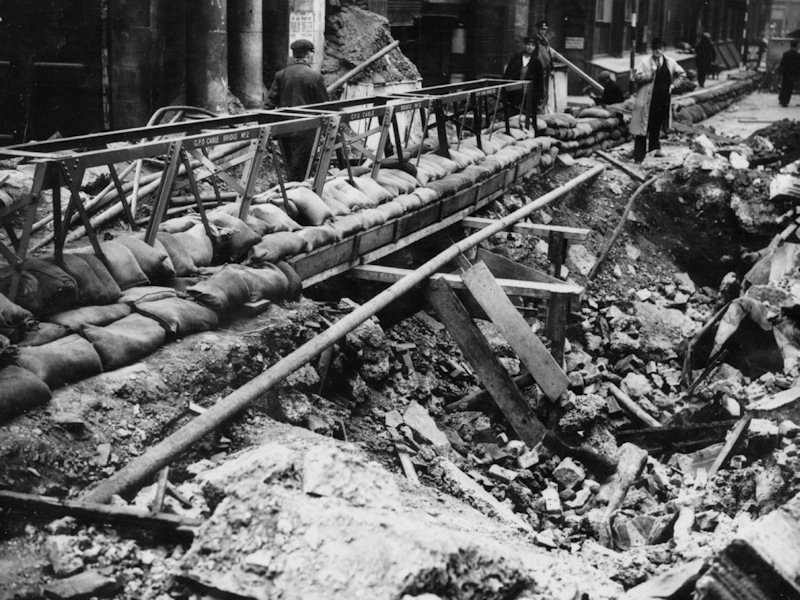
Wartime
During WW2 the Post Office Telephones had the vital task of keeping communications going for both the civilian population and the armed forces, despite the relentless bombing campaign by the enemy. Many staff voluteered in their free time as Fire Wardens, ARP Wardens and Home Guard members.

The Full Collection
The link above takes you to the index page for the collection on my Google Drive folder.
